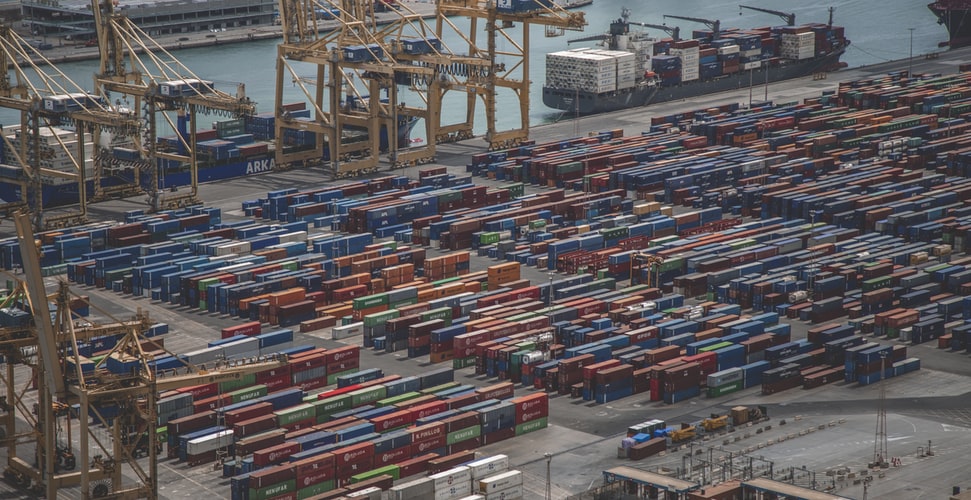Container Shipping Rates Now Quadruple Pre-Pandemic Levels

Container freight rates continue to rise, making Q3 potentially one of the most profitable quarters in the history of liner shipping, with July's rate increases starting to take effect.
Drewry's composite global index saw a 10% increase yesterday, reaching $5,868 per FEU. Although this latest spot index is 43% lower than the peak of $10,377 in September 2021, it is still 313% higher than the pre-pandemic 2019 average of $1,420.
The four primary east-west trade routes, monitored by Drewry, have all more than doubled their rates since the first week of May. Lars Jensen, founder of consultancy Vespucci Maritime, noted that transpacific routes to both the east and west coasts are particularly strong.
Today's Shanghai Containerized Freight Index rose by 19.48 points to 3733.8 points, its highest level since August 2022.
“The Asia-US routes are approaching the highs seen during the height of the last 2021/2022 spike while other markets remain a bit away from those previous lofty levels,” stated a recent report from investment bank Jefferies.
Judah Levine, head of research at Freightos, a box booking platform, predicted, “If the early start to peak season in May proves enough to mean an early end as well, then we might expect congestion and rate levels to reach their highest in July and August allowing some respite by October until pressure resumes in the lead up to Lunar New Year.”
Levine also highlighted the significant increase in shipping costs, noting that the cost to ship a container of Weber gas grills from China to the US has surged, now costing $30 per grill compared to $5.60 last year and less than $5.30 in June 2019. Typically, ocean freight costs account for about 1% of a grill's price, but they now represent about 6%.
“This spike may force importers to choose between absorbing these costs or passing them on to consumers,” Levine suggested.
In recent weeks, many retailers worldwide have issued profit warnings, citing high shipping costs similar to those seen during the pandemic era.